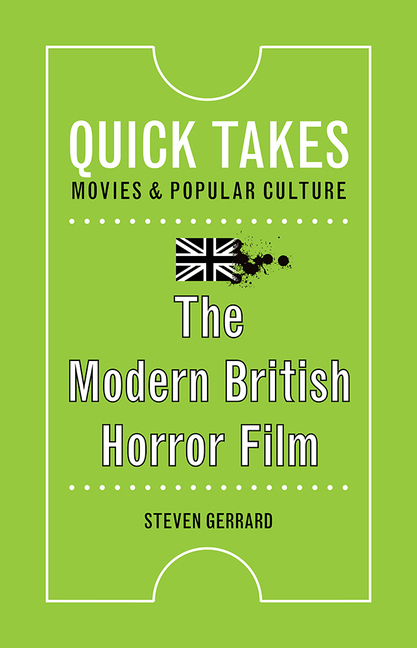From the mailbox:
CALL FOR PAPERS
WORKSHOP
The Othered Senses:
Law, Regulation,
Sensorium
May 1-2, 2018
Montreal, Quebec,
Canada
The Othered Senses: Law,
Regulation, Sensorium
is an intensive scholarly workshop in Montreal, Quebec to take place on May 1-2,
2018.
The Othered Senses launches from, and seeks to trouble,
two premises. The first is that law and legal studies has come lately to the
study of the sensual, and when the law has thought about the senses, the story
is frequently one of discipline, translation, and the movement of non-rational senses
into rational Law, with a capital “l”. The second premise is that inquiry into
the senses remains dominated by a focus on the ocular- and aural-centric, leaving
the study of the ‘other’ senses (taste, touch, and smell) understudied,
treating the senses in isolation, and reproducing a five-sense understanding of
sensation. We suggest the time is right for intellectual and political
creativity in the imagined and material spaces where legal regulation and
sensorial experience clash, where laws and sensing bodies entangle, and where
sensuality and legal institutions flirt. We invite scholars to explore the
multi-directional flows of legal-sensory encounter and its multiple modes and
registers.
In this
workshop we seek to animate an interdisciplinary discussion that brings
together scholars interested in the unlikely, messy, and less studied ways in
which sensing bodies and legal(ized) practices interact in powerful ways. We
hope to disrupt the normal and normalizing order of senses, to counter law’s
attachment to reason, and to de-romanticize the body. We ask: whose senses
count and do not count in law’s register? What invisible work do the ‘lower’
senses do? How can regulatory structures take account of the synaesthetics of
embodied experience? How does the hierarchy of the senses intersect with the
debilitating structuring dualisms of Western culture: mind/body;
person/property; human/animal; adult/child; abled/disabled; settler/savage? And
how might we disrupt and dismantle the regulatory apparatuses which invest in
these dualisms? In what ways might legal logics and sensorial pleasures productively
stimulate each other?
We invite
questions in the spirit of, but not in
any way limited to, the following:
-
how
do drones touch, and not only see, their objects of surveillance?
-
can
a pig be a witness? can an android?
-
does
smoke have agency? does noise? water? a camera?
-
how
does the stride function as a technology of normative mobility?
-
what
are the cultural effects of tales of extra-sensory perception?
-
how
does feeling ‘at home’ intersect with the production and disruption of legally
enforced borders, social and geographic?
-
how
does the law know silence? who gets to be noisy in public space? who is quieted?
-
how
are the bodies of the sovereign and its subjects re-produced in the state
deployment of sounds as weapons?
-
how
do different skins shape the self- and other- regulation of intimacies? When
should the law take note, if at all?
-
what
are the inter-subjective effects of the exhortation, “don’t touch!”
-
in
what vocabulary could a sexual assault victim give taste testimony?
-
if
one’s hand is one’s bond in law, how is touch figured? What happens when touch
in public is subject to regulation?
This
event is a collaboration between the Canadian Initiative in Law, Culture and
Humanities at Carleton University and the Centre for Sensory Studies at
Concordia University. It will be held in conjunction with the Uncommon Senses 2: Art, Technology, Education, Law, Society and
Sensory Diversity, an
international conference taking place on May 2-5, 2018 (see link http://www.sensorystudies.org/events-of-note/).
We invite submission
of abstracts of 300 words for individual papers to cilch@carleton.ca. Please provide your contact information and a
100 word biographical statement in the email attaching your abstract. The final
deadline for all submissions is November
30th.
Authors of
those papers selected for The Othered
Senses will be asked to prepare and circulate drafts of their papers in
advance, each paper will receive a dedicated respondent, and the work will be
discussed intensively at the workshop. Those refereed papers not able to be
accepted for participation in The Othered
Senses will be included in the Uncommon
Senses 2 conference.




